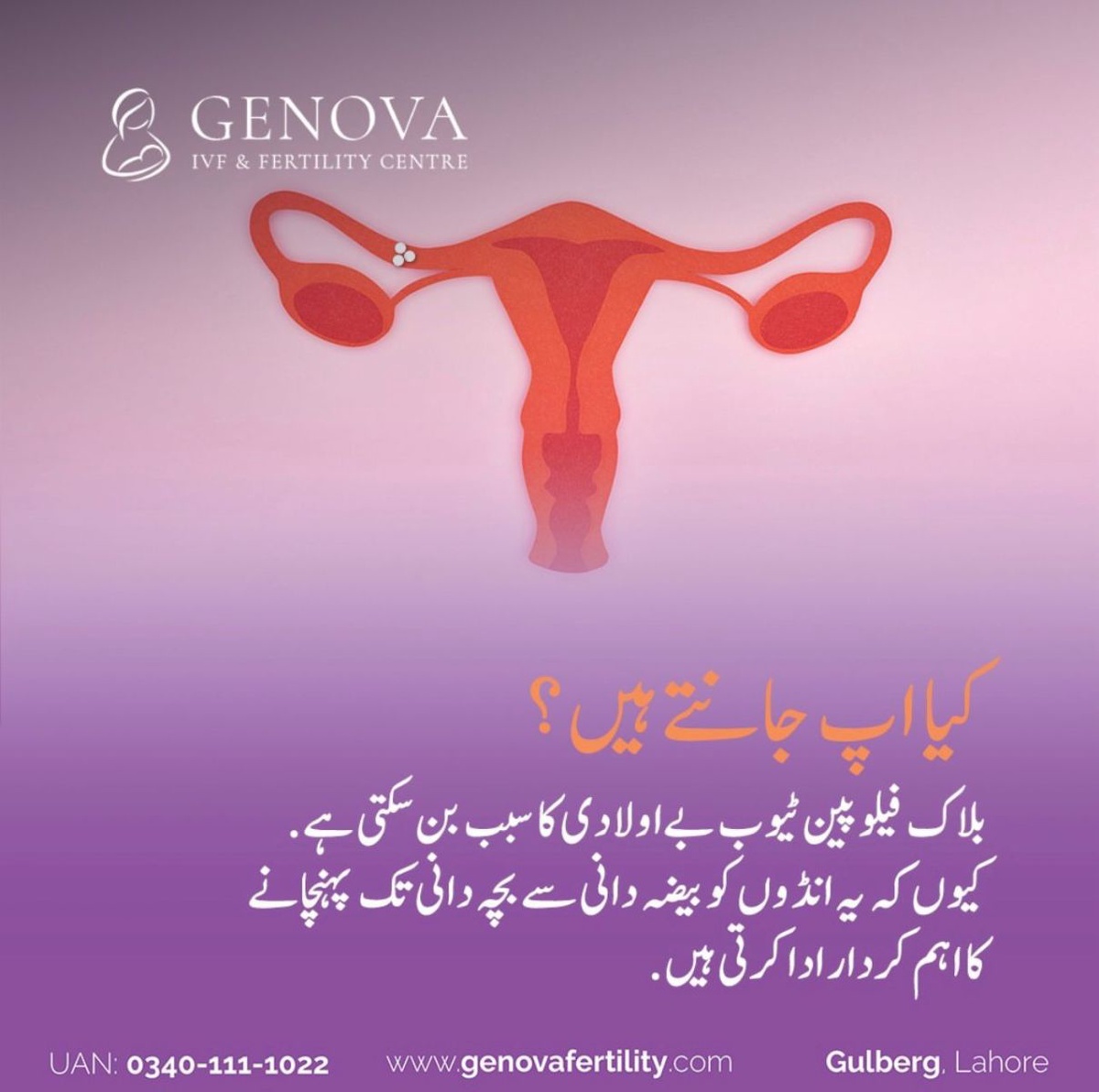The success rate of IVF is high and is now comparable - and even superior - to those of nature. Genova Infertility Centre has success rates consistent with the highest reported among clinics worldwide. Since 1999, more than 5 million babies have been born worldwide following IVF treatment. Here at Genova Infertility Centre, we are proud to have played a role in bringing more than 16,000 babies into the world.
However, it is important to know that not every follicle will contain an egg, not every egg will be fertilized, and not every fertilized egg will go on to form a good-quality embryo. For most couples, multiple rounds of IVF treatment may be necessary.
The first step
At your initial consultation, you will meet with one of our four IVF specialists to discuss your medical history, conduct a comprehensive infertility workup, explore options, and begin planning your journey to parenthood. Starting IVF treatment can be a very exciting time, taking you one step closer to becoming a parent.
The first step to receiving IVF treatment is as simple as contacting us. To book an initial consultation, click here or contact us by phone at 03465555299.
Luteal phase support
The luteal phase is the two weeks between the embryo transfer and the pregnancy test. Starting on the day of your egg retrieval process, you will be prescribed progesterone in the form of pessaries or injections to support a developing pregnancy.
A pregnancy test is performed 14 days after the embryo transfer. To confirm a positive pregnancy test, we will schedule an ultrasound two weeks after these pregnancy tests. During this visit, we will look for embryo implantation and fetal heart movements.
Fertilization and development of the embryo
The eggs are placed in a dish that contains a highly specialized growth medium. The medium allows subsequent eggs and embryos to continue to develop as they would in the fallopian tubes. The sperm is then placed with the eggs in an incubator at the same temperature as a woman's body and fertilization occurs naturally.
At infertility treatment, one of our embryologists examines your eggs the next day for fertilization and will contact you by phone to report how many of your eggs have been fertilized. With a normal sperm sample, we expect to fertilize approximately 70% to 80% of the eggs.
Embryos are grown for up to six days in a temperature-controlled incubator and assessed every two days for quality and development. This information helps your fertility specialist determine the appropriate day for embryo transfer, typically the third or fifth day of embryo culture. Our embryologists will call you after each exam to provide you with an update on the quality of the embryo and to answer any questions you may have.
Ovarian stimulation and monitoring
In the ovarian stimulation phase, the ovaries are stimulated to produce more eggs than usual with daily hormone injections that are taken for about 8 to 10 days. These hormone injections stimulate the ovaries to produce several follicles, each of which can contain an egg. Also, two types of drugs are used at this stage to suppress ovulation.
During ovarian stimulation, Infertility Specialist in Lahore use ultrasound to monitor the ovaries and to determine the number of follicles and follicle size. Blood tests are used to measure estrogen levels.
An ovulation injection (Ovitrelle or Lucrin) is usually given at a specific time in the evening. Egg retrieval will take place approximately 36 hours after this ovulation injection.
Egg recovery
Once ultrasounds and blood tests show that you have a reasonable size and number of follicles, you will take an injection of hCG (human chorionic gonadotropin) to trigger the final maturation of the eggs. Egg retrieval is arranged just before expected ovulation, usually 36 hours after administration of ovulation-inducing drugs.
Egg retrieval is performed under local anesthesia, most commonly using a fine-needle ultrasound. Mature follicles are identified using ultrasound, then a needle is passed through the vaginal wall into the follicle, and fluid is drawn from the mature follicle with gentle suction. The fluid is immediately examined under a microscope to see if an egg has been recovered. The process is repeated for each mature follicle in both ovaries.
Recommended Artice: Male Fertility Treatment in Lahore


No comments yet